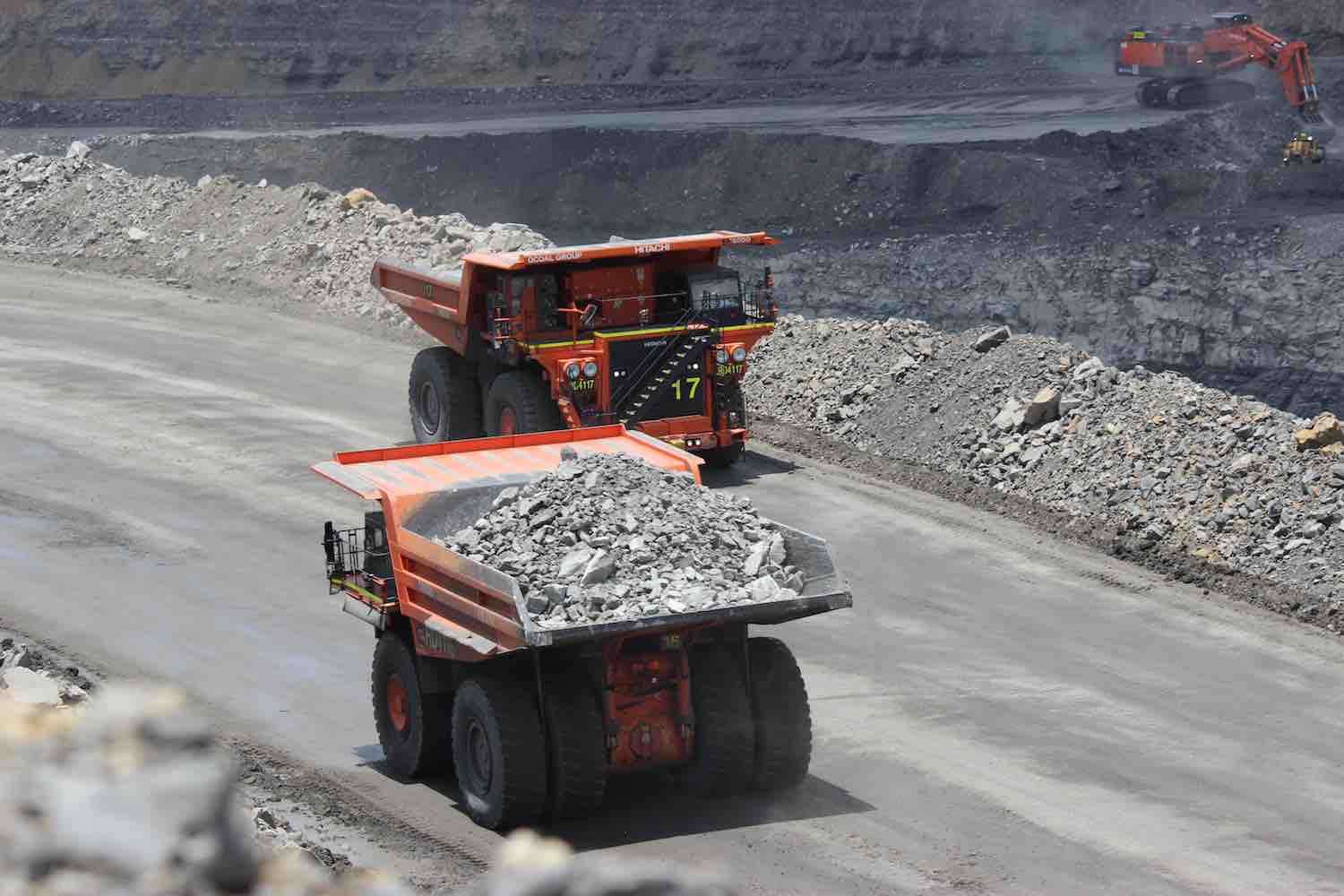
After sitting in warehouses on China’s coast since Beijing’s unofficial ban began last October, an estimated 1 million tonnes of Australian coal is now being used, according to traders. The notice followed a meeting on the same day that regional authorities mapped out measures for winter energy supplies in response to mandates from China’s State Council, or Cabinet.
It all started with Chinese state-owned media, The Global Times reporting that China’s top economic planner was allowing the country’s power plants to import coal without clearance restrictions from several countries “except for Australia”. This development formally confirmed a ban on imports of Australian coal. As of 2019, Australia’s top 11 global coal customers include Japan, China, India, Republic of Korea, Taiwan, Vietnam, Netherlands, Malaysia, Brazil, Indonesia and France. Coal exports in Australia are of two types; thermal and metallurgical coal and the value of each export is different. Thermal coal is used to generate electricity and Australia is the world’s second largest thermal coal exporter just behind Indonesia. Metallurgical coal also known as coking coal is used to make steel along with iron ore and Australia is the world’s biggest exporter of metallurgical coal, accounting for half of the world’s supply. Coal was amongst seven types of Australian exports informally instructed by Commerce ministry to stop buying from Australia.
In November 2020, Bloomberg analyzed shipping data and reported that more than 60 vessels carrying Australian coal had been queuing for a month or longer in Chinese waters, refused permission to offload their cargo. By December, thermal coal exports from Newcastle, Australia’s busiest coal terminal, had completely stopped and no ships left for China that month and none were scheduled to leave before Christmas. Coal producers had to shift their orders to other customers in the short term as a possibility with Japan, South Korea and Taiwan being stable customers of Australian coal not forgetting Vietnam. Calls for trade diversification mounted and reality of Australian jobs at risk from the trade tensions became topical as the coal mining sector employs 46,000 Australians with export value of coal to China worth $14 billion a year. The usual political rhetoric also came out as China having breached the World Trade Organization’s rules on free trade agreement with Australia.
China suggested that almost $700 million worth of Australian coal had environmental quality problems. China’s Foreign Ministry spokesman, Zhao Lijian had this to say.
“In recent years, China Customs has conducted risk monitoring and analysis on the safety and quality of imported coal and discovered imported coal not meeting environmental standards is relatively common”.
In turn, China increased imports from Mongolia and Russia. China’s basis of the ban on Australian coal was based on strengthening the examination and testing of imported coal regarding safety, quality and environmental standards “so as to better protect the legitimate interests and the environmental interests of the Chinese side”
A year later, in the most shocking turn of events China has turned to stranded Australian coal to deal with power crunch. This comes as China grapples with power shortages arising from a shortage in coal which has driven coal prices to record highs. Australian coal stuck at Chinese ports started to be released end of last months although many of the cargo had been diverted to markets such as India. Although the release of Australian coal is a great move, statistically 1 millions tonnes of Australian coal is just the equivalent of one day of China’s coal imports and the release would do little to improve the dire situation China finds itself in. There is indeed urgent need to resume Australian coal imports, to alleviate the supply shortage and it will take time to boost domestic production after nearly five years of output curbs.
We list down some of the implications on China in the aftermath of banning and isolating Australian coal:
Sky-rocketing coal prices and the CCP’s emissions policy have driven power shortages in China. The crucial role played by Australian coal is evident in the supply deficit. Whether Beijing will come out and issue an unofficial statement and resume import of Australian coal to alleviate the power crisis is yet to be seen. For now, we stick with ‘China reverses ban on Australian stranded coal’ and see what comes next – stay tuned!
Your feedback is important to us. If you enjoyed reading this Global Road Technology industry update and found it informative, please let us know by leaving a REVIEW.
Australia’s biggest export could be key against tensions boiling over with China. Retrieved 09/10/21.
China calls for huge boost in coal output at Inner Mongolia mines to fight power crunch. Retrieved 09/10/21.
China’s energy crisis spreads to Beijing, impacts tech firms Apple and Tesla. Retrieved 09/10/21.
China turns to stranded Australian coal to combat power crunch. Retrieved 09/10/21.
Heavy-handed governments will lead to lights being turned off. Retrieved 09/10/21.
Resurgent coal market hits new high as Chinese, Indian economies gather steam. Retrieved 09/10/21.
Are environmental regulations, health and safety concerns or potential profit loss a concern right now?
Contact Us Now